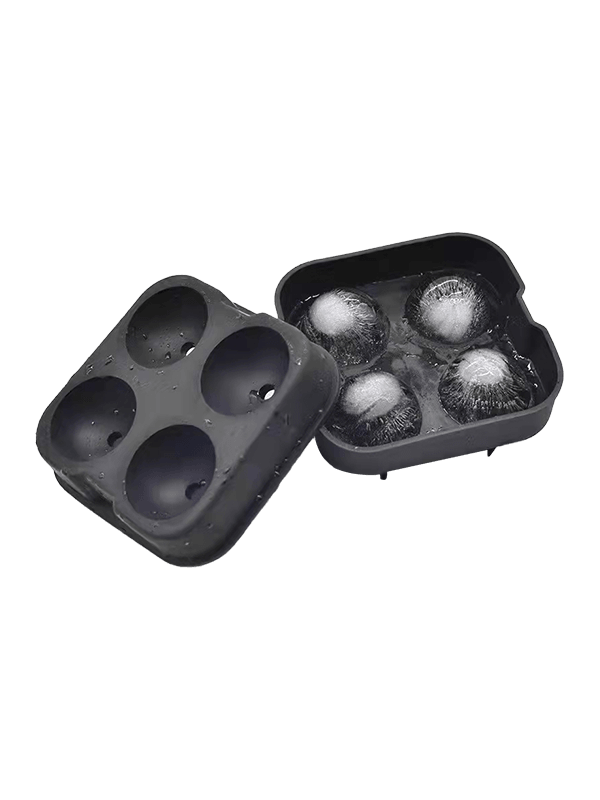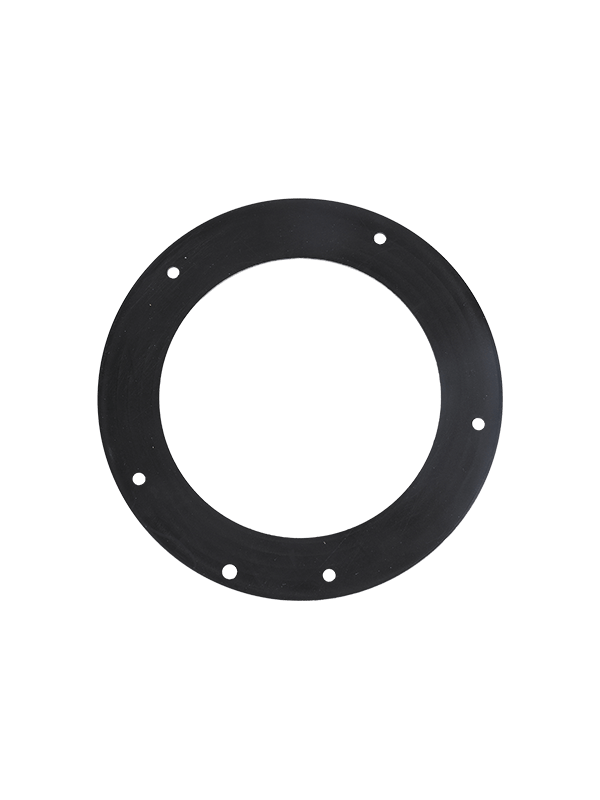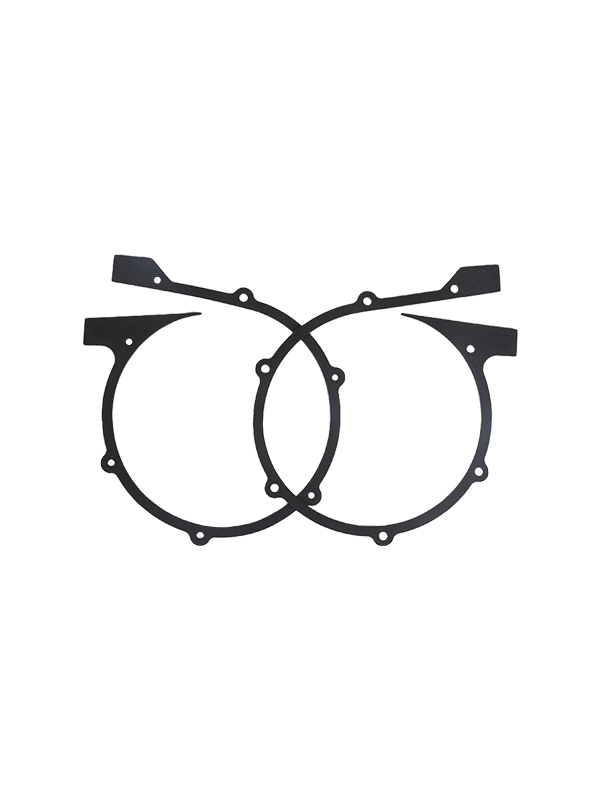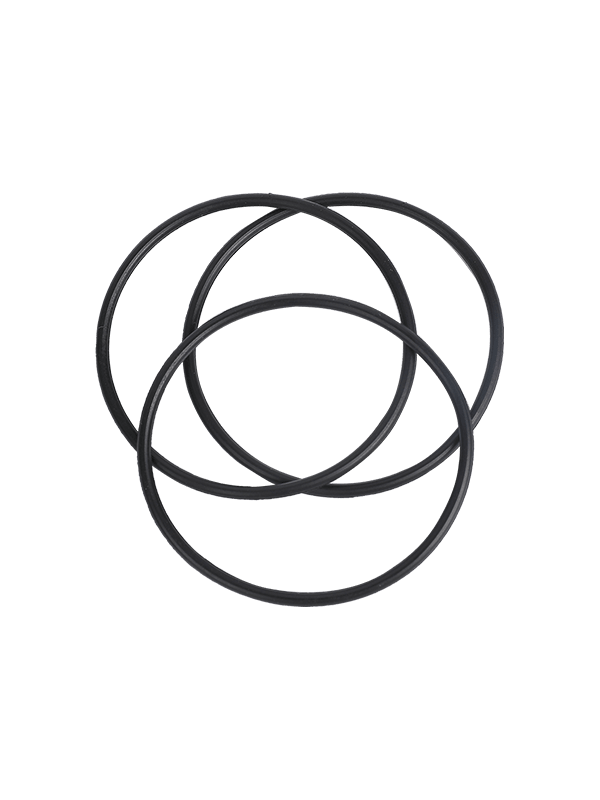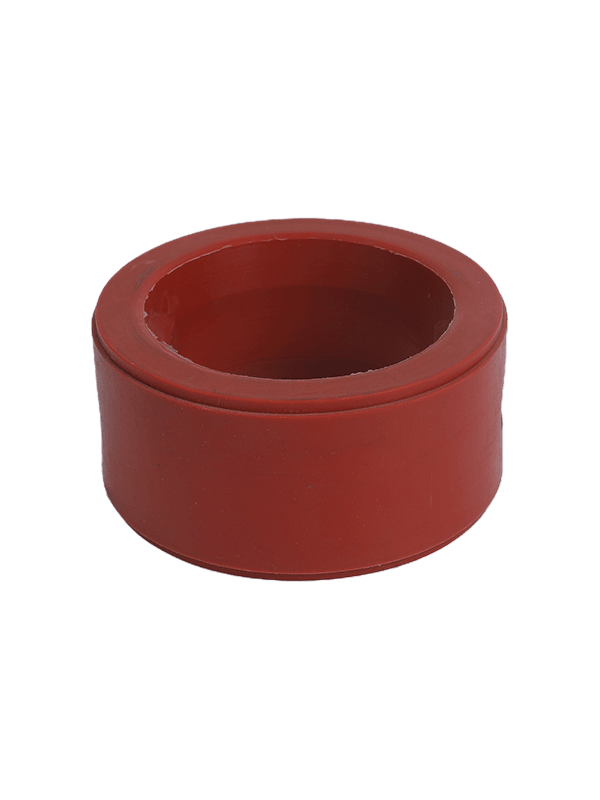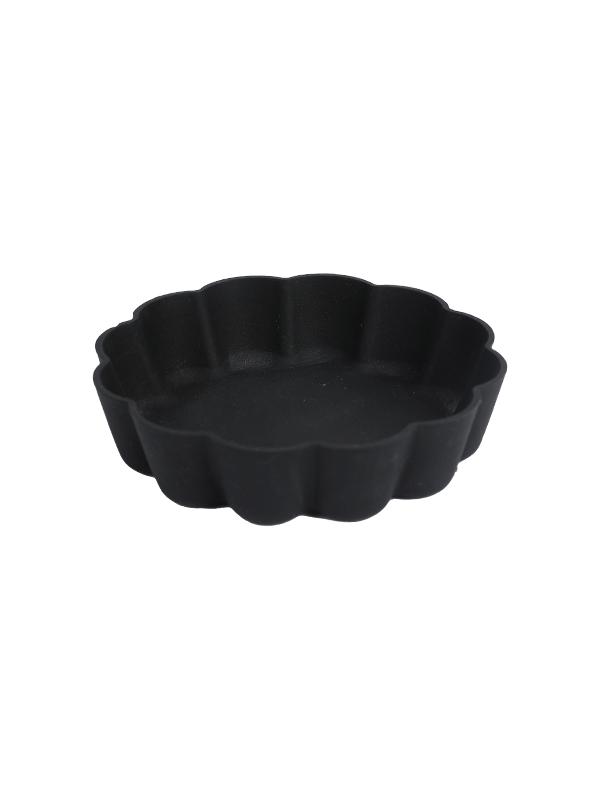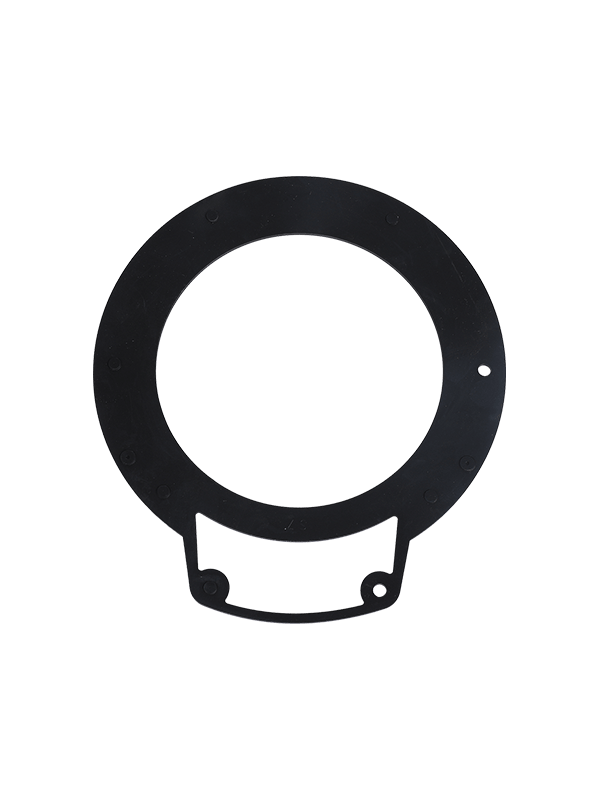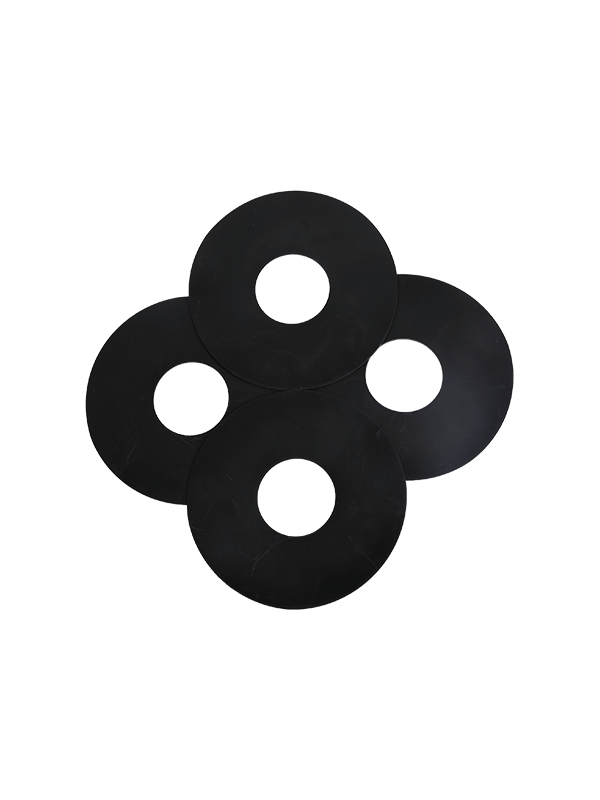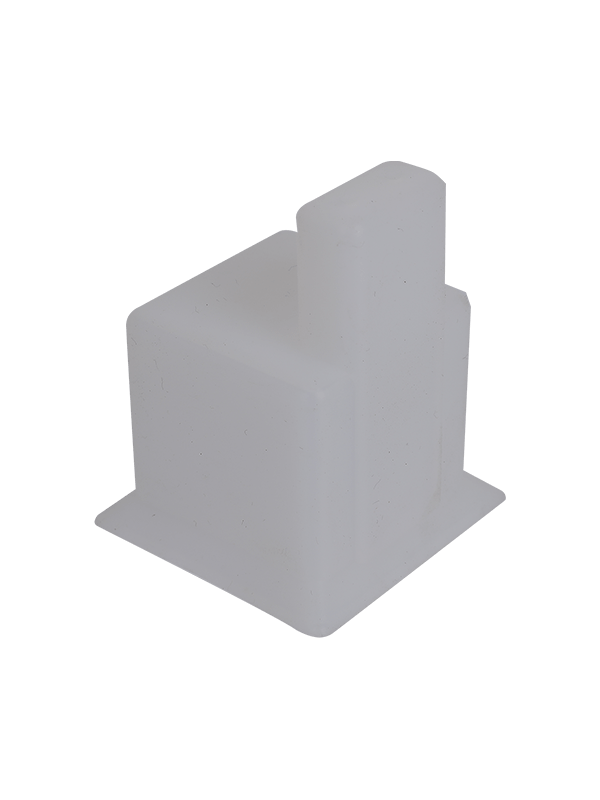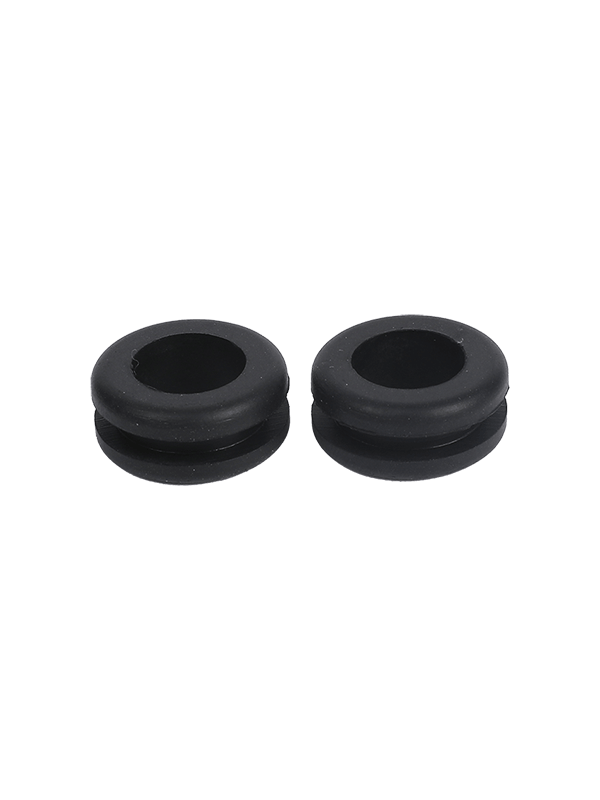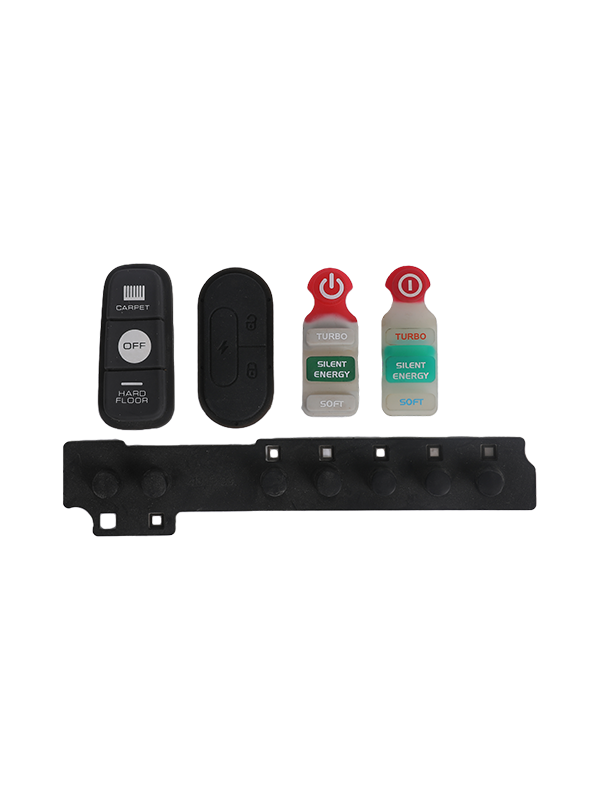There are 4 main factors that affect Rubber Sealing Ring failure:
1. Selection and assembly quality
Improper selection and selection of unqualified seals (such as poor lip, local deformation, hardening; self-tightening spring corrosion and unqualified size, etc.), often appear to replace a bad one. In addition, during assembly, local deformation of the seal caused by forced pressing, and the sealing surface is scratched by burrs on sharp edges such as splines and threads, etc., will cause seal failure. When selecting, the shape, type, and material of the sealing ring should be reasonably selected according to the type of seal, the type of working medium, pressure, temperature, and the relative movement speed between the two paired parts being sealed. Before assembly, carefully check whether the selected seals are expired, aged, deformed, etc.; at the same time, each sealing surface should be thoroughly cleaned, and the assembly place should be free of pollution and sand; when assembling, use special tools to press in to ensure that the seal and the shaft The concentricity of the shaft, especially when there are threads, keyways and splines on the shaft, must be inserted with a guide sleeve.
2. Improper selection of oil and pollution
Improper selection of oil is mainly manifested in the compatibility with rubber seals. If the compatibility between the oil used and the seal is poor, it will accelerate the deterioration of the rubber compound, the swelling and aging of the seal, and the generation of unsinkable sludge. The wear of the seal causes the seal to fail. Therefore, the compatibility with rubber materials must be paid attention to when selecting oil.
3. Improper management of seals
The chemical composition of the rubber seal determines that the storage and management must meet the specified requirements. The investigation found that the unreasonable management of rubber seals due to placement, storage, and transportation is the main factor causing the early failure of the seals. Therefore, attention must be paid to the daily management of rubber seals.
4. Other factors
(1) Working temperature and environmental conditions
The working temperature of the oil in the system and the temperature around the seal are too high, which can easily cause the rubber to soften, expand, harden and crack; in addition, the harsh external environment and a lot of dust will cause different degrees of wear and tear on the lip of the seal. injury phenomenon.
(2) Air is dissolved in the system
If there is air in the system, a large number of air bubbles will be generated in the oil. When the air bubbles reach the inner pressure surface of the seal, a large amount of energy will be released rapidly, resulting in serious damage to the lip of the seal; in addition, if the oil in the system When there is too much steam, and the pressure and temperature reach a certain value, it will cause the oil to "self-ignite", resulting in the ablation or melting of the seal support ring, the anti-extrusion ring, and the local carbonization of the rubber seal.
